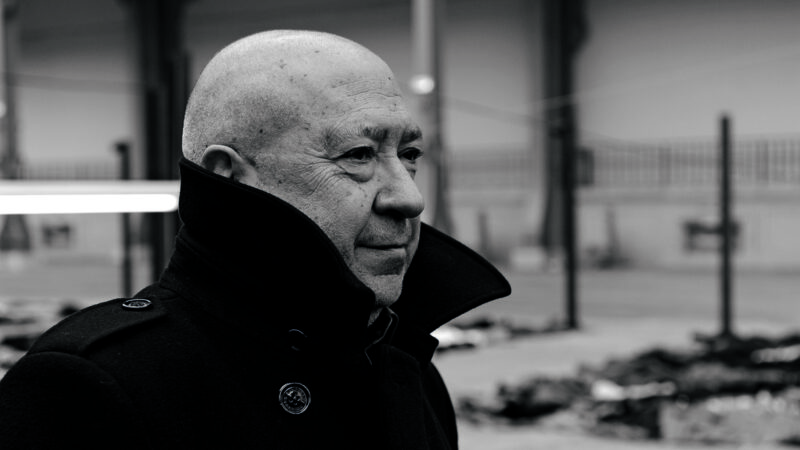
artist

artist
Christian Boltanski was born in 1944 in Paris and died in 2021 in Paris. He was a sculptor, photographer, painter, and filmmaker. In the 1960s he began to develop a “personal ethnology”, influenced by anthropologist and ethnologist Claude Lévi-Strauss and curator and art historian Harald Szeemann. Drawing on museology, Boltanski also exhibited inventories of items of anonymous owners. It is often the case in Boltanski’s work that objects (photos, pieces of clothing, bells, flowers…) give voice to absent subjects and are an invitation to the viewer to meditate and contemplate.
Since his first exhibition at LeRanelagh cinema in 1968 Boltanski’s work has been shown in numerous countries, with solo shows at Centre Pompidou, Paris, France (2019); Espace Louis Vuitton Tokyo, Japan (2019); The National Museum of Art, Osaka, Japan and the National Art Gallery, Tokyo, Japan (2019); The Israel Museum, Jerusalem (2018); The Power Station of Art, Shanghai, China (2018); the Museo Nacional de Bellas Artes, Buenos Aires, Argentina (2017); Museo d’Arte Moderna di Bologna, Italy (2017); The Museum of Contemporary Art of Monterrey, Mexico (2016); Instituto Valenciano Arte Moderno (IVAM), Spain (2016); Mac’s Grand Hornu, Belgium (2015); and Museo Nacional de Bellas Artes, Santiago, Chile (2014).
Boltanski was recognized with several awards over his lifetime, including the Praemium Imperiale Award (2006) and the Kaiser Ring Award (2001). He participated in Documenta (1977 and 1972) and numerous Venice Biennales (2011, 1995, 1993, 1980, and 1975).
Christian Boltanski
Misterios, 2017
3 screen projection, sound, color; 12 hrs. Dimensions variable. Edition of 3.
The video triptych Misterios (Mysteries) documents a project made on the rocky, uninhabited coast of Bahia Bustamante in Patagonia. Three colossal trumpets, mounted on the shore, produce a sound reminiscent of whale song as strong ocean winds pass through them.
The project involved constructing three 3-metre-high horns, designed to be activated by the region’s strong winds. Boltanski worked with experts in acoustics to fit the horns with copper blades that vibrate when the wind rushes into the horns, producing whale-like sounds. In many mythologies, whales have existed since the dawn of time and are often regarded as keepers of knowledge. Misterios is a three-channel film featuring still shots of the horns and of their environment from dawn to sunset. Boltanski wanted to observe the passage of time in a way similar to gazing over the sea while waiting for whales to appear.